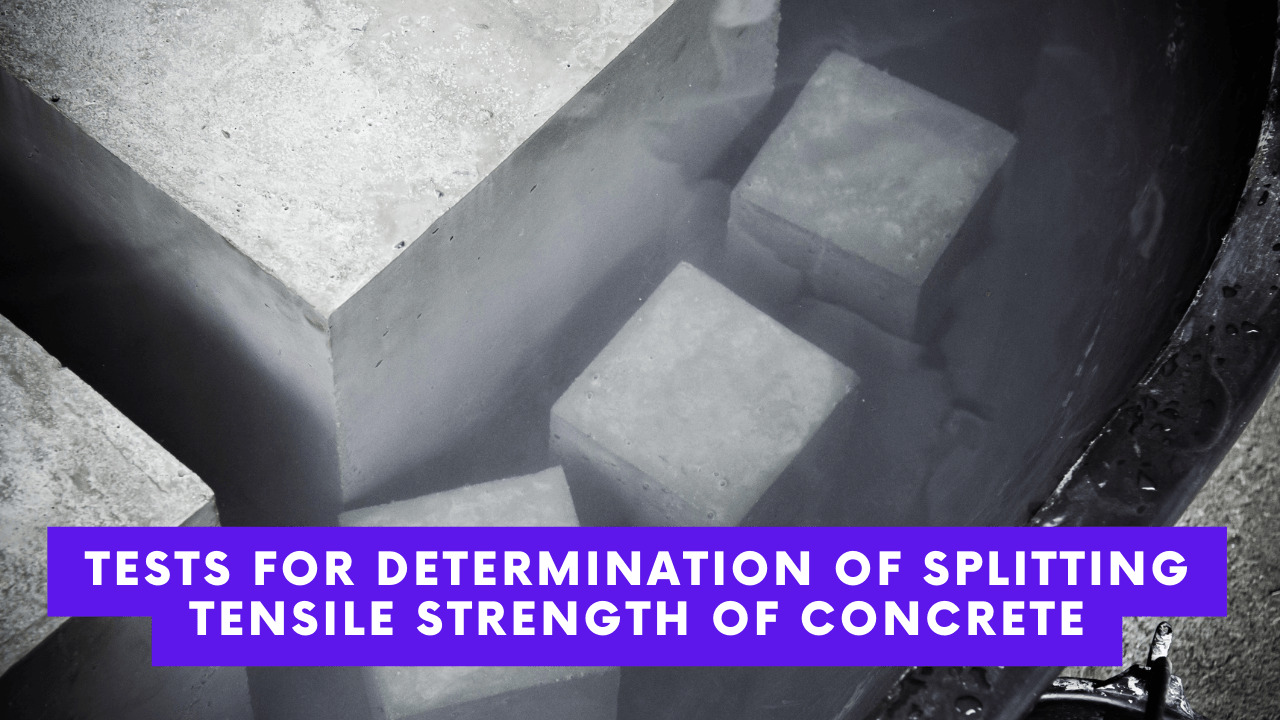Table of Contents
Introduction:
This test is used to determine the deflection produce in the slab made up of concrete due to the wheel load subjection or due to the compression or tension produced as a result of the temperature changes. The tensile strength is usually determined by this test and its ability on the basis of the impact load and rupture produced.
Related theory:
Modulus of rupture is approximately about 10-15% of the concrete’s compressive strength.

It is the indirect way of determining the unreinforced slabs bending and failure. It is adopted usually for the pavement and cross-drainage designs, along with other slabs.

Figure 1 load set-up
It may be affected due to the moisture, size, curing and other factors of preparation such as molding, sawing, preparing etc. The results obtained by performing this test are either in MPA or psi denoting the rupture modulus. This can be performed by examining the slab through:
Three-point load test: (ASTM C78)
The bed is provided with two rollers made up of steel with diameter of 38mm with a c/c distance of 60cm for a specimen ranging 15 cm and usually 40cm for a 10cm specimen. Here the load is to be applied through the similar set of rollers placed on its top depending upon the geometry set on the standards.
Figure 2 Three-point load test
Center point load test: (ASTM C293)
The rupture modulus obtained through this test is usually 15 percent less than the result obtained through three-point load test. The geometry of the setup is variant along with the loading rate in this case.
Figure 3 Center point load test
Standards:
- ASTM C78
- ASTM C293
- IS: 5161959
Apparatus:
- Mold for beam (15×15 cm,70cm for <38mm & 10×10×50cm for <19mm)
- Bar for tamping (25×25 cm,40 cm long)
- Flexural strength testing machine
- Aggregates
Procedure:
- The sample is prepared through mortar i.e. A beam in the specified mold with the tampering usually in three layers with 35 tamping / layer covering the surface to assess an equal distribution.
- The sample prepared is then set in water for curing
- The surface of the bearings is cleaned thoroughly.
- The standardized rollers are adopted by the proper placing based on the type of test. A set of four rollers are to be applied out of them three are to be liable of rotating about their on axis. The spacing is set as per the standards adopted.
- After the sample preparation and curing it is placed in the machine in a correct position.
- Load is applied of 4000kg per minute for a specimen of 15cm and 180kg per minute for a 10cm specimen.
- The rupture is observed and obtained for the strength determination.
Observations:
- Centre line distance between the fracture, a = ——-
- Specimen width, b = ——-
- Failure level of the depth, d = ——-
- The length that is to be supported, I = ——-
- The Maximum applied load, p = ——-
Calculations:
The following formulas are adopted:
1)Centre point load:
2)Three-point load:
The answer is to be reported up to two significant factors.
Comments:
The answers reported are responsible for the strength determination of the slabs and their load bearing status.
Precautions:
The precautionary measures are as follows:
- The mold should be cleaned and properly greased for a uniform surface and distribution of loads.
- The bearings used should be free of rust.
- Curing should be properly carried out.
- The loading rate should be properly maintained.









